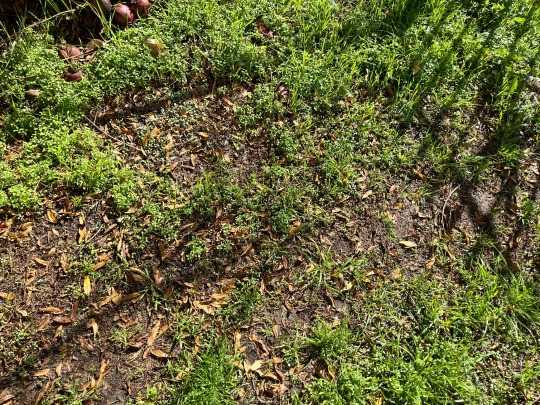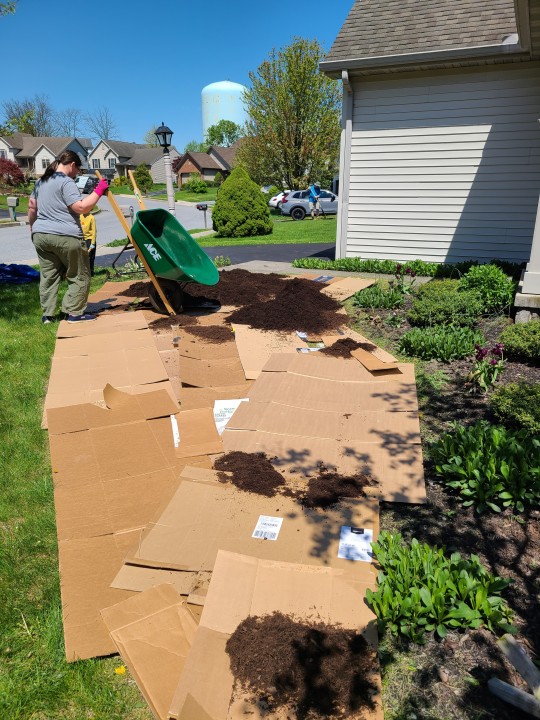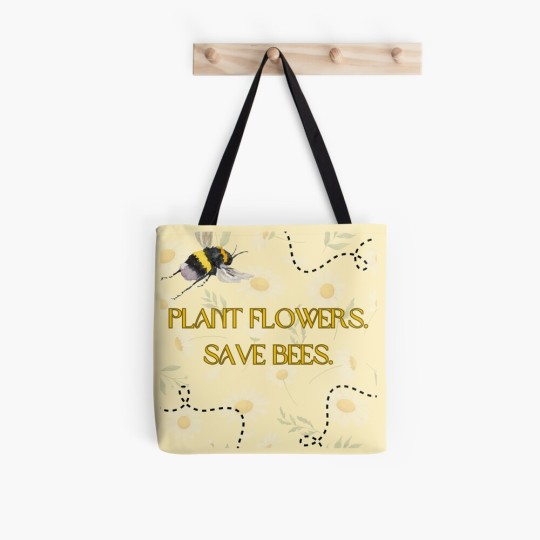#no lawns
Text
I feel that "lawn care" as promoted in the USA can be considered some kind of pseudoscience.
It doesn't have the conspiracy-theory-adjacent qualities of virtually every other "pseudoscience," which makes me hesitant to call it that, but the theory and method of it is still full of totally unsupported junk.
14K notes
·
View notes
Text
So, long story short--a Master Gardener who has been maintaining a native plant garden for years is now being harassed by a neighbor, with whom the city code enforcers sided, and she's facing daily fines if she doesn't turn at least half of her yard into grass lawn. Apparently the only plants that are allowed to grow higher than seven inches are those that are edible, useful, or decorative.
If you are at all ecologically aware, you know that grass lawns are essentially ecological wastelands. A monoculture of non-native grass, especially if it's sprayed with herbicides, fertilizers, and so forth, is not going to support much in the way of native wildlife. Moreover, it can be argued that native plants do fall under the allowable category of "useful" and "decorative", and some are even "edible."
The article above is dated from two days ago, but this apparently started last year. And I found an article in their local paper from this past July that says she's still fighting the city about it, plus it has a bunch of photos of her garden if you want to see what the fuss is all about. Do be aware that if you decide to contact the Prospect Code Enforcement Board, City Council, and/or Mayor with a polite note in support of her, the website only allows you to send five messages every hour and you can only message one person at a time.
ETA: I did hear back just now from one of the code enforcement folks, who says--in their words--"Prospect City asked Ms. McGrail to redesign her current plantings into a more attractive and organized layout with edged definitions to her plant beds and a more obvious ‘walking path’ in between with a more “lawn-like” appearance, using native and no-mowing options"
#native plants#gardening#native species#plants#flowers#botany#nature#wildlife#habitat restoration#environment#conservation#ecology#lawns#no lawns#food not lawns
611 notes
·
View notes
Text
The latest video from "Crime Pays Botany Doesn't" is all about how grasslands fix carbon and the impressive root systems of perennial wild plants.
If you don't watch CPBD you should, it's your one stop show for all the botany you need to know!
youtube
#crime pays but botany doesn't#plants#grass#grasslands#lawns#no lawns#lawns suck#carbon fixing#climate change#botany#videos#Youtube
126 notes
·
View notes
Text
#homedecor#homeinterior#welcome home#home design#interiors#landscape#house#homedesign#interior design#landscaping#lawnmower#lawn & garden#lawn care#half naked dead body mistaken for halloween decoration after being left out for days as lawn worker mows around him#bench#no lawns#balcony#window
106 notes
·
View notes
Text
So I needed a metric fuckload of organic material to heap onto the areas of lawn I will be killing off to plant with natives in my new yard. And also I feel SO EXTREMELY STRONGLY about people removing vital vital so important leaves from their yard why would you deprive your soil of that free compost and why would you deprive all the bugs+other wildlife of cozy overwintering habitat!!! Assholes!!!
So. I went trick or treating at midnight the night before yard waste collection day. Got a couple. leaves.


#if your HOA or other bullshit requires you to remove leaves I’m not calling you an asshole#leave the leaves#no lawns#fuck lawns#native gardening#permaculture
443 notes
·
View notes
Text



I’m restoring a backyard that needs some love. I decided to fill in the bare areas with 3 types of clover instead of grass. I’ve been spreading seeds between the rain.
40 notes
·
View notes
Text
People criticise brutalism then turn around and mow their lawn
38 notes
·
View notes
Text

My neighbors have removed the trees from around their houses to "open up the space" which means wild blackberries take over, so they start complaining about the blackberries, and then they hire people to get rid of those and have to mow grass which results in lawns that are never used. I'm just saying… maybe leave the trees?
#trees#trees and forests#green#original photography on tumblr#original photography#lawns#fuck lawns#I am allergic to grass you cretins#grass#maple tree#pnw#pnw photography#no lawns#grass eats weedkiller for breakfast#lawns remind me of cemeteries#but at least cemeteries have cool statues
21 notes
·
View notes
Text
Listening to Nature's Best Hope by Douglas W. Tallamy and I feel really inspired. In this book, as well as in Braiding Sweetgrass written by Robin Wall Kimmerer, there is an important emphasis on healing the human relationship with nature.
A vast majority of humans have this idea that humans live here and nature is out there, which brings about a lack of compassion and understanding of the animals and plants that exist in the spaces that we occupy, as well. When humans think of natural spaces that are "worthy" of stewardship, they often think of national parks or forests, the There, and not about the songbirds in the trees outside their home or the insects in the grass of their yard or even the grass itself.
Nature is here. It is everywhere, or at least it should be. Humans benefit directly from the same ecosystems as other animals and when we buzzcut the already non-native grass into a short lawn because HOH said so, we rob ourselves of pollinators that will help healthy plants reproduce. We rob ourselves of healthy plants and the air quality diminishes. Erosion/flooding occurs more frequently. If we keep native plants planted in our yards, we attract native species that continue to keep the land healthy.
We humans need to learn to live together with nature, not apart from it. The idea that we aren't natural beings doesn't help, either. There are many groups of people that still follow the patterns of nature to survive. The flocks of birds, the movement of deer or elk herds, the blossoming and fruit-bearing of local tree species are not a forgotten knowledge. And I don't say this to sound like a hippie. What I mean to say is humans are natural and belong in nature just as much as any other species.
Creating biological corridors in our yards, our corporate spaces, and our cities is an important and necessary act of land stewardship and conservation. Plant native flora if you can. Get with your local conservation group and find out what species in your area are threatened and see what you can do to help, if anything. Volunteer to pick up trash or plant trees.
We can help. Don't give up.
#wildlife#conservation#nature#animal#animals#plants#flora#fauna#academia#ecology#native plants#invasive species#mother earth#pollinators#butterflies#wasps#bees#lawns#no lawns
7 notes
·
View notes
Text
Native Plant Info Masterlist...2!
This will be a USA centric post sadly, mostly focused on the East, since I am unfamiliar with resources outside of my area.
iNaturalist lets you upload pictures of any organisms and get them identified by the community, but if you don't want to upload, you can still lurk and look through all the photos being posted in your area to develop familiarity with the plants
Wildflower Search lets you toggle between photos of leaves, flowers, fruits etc. of each plant, gives loads of links to other sites that provide info, lets you search by flower color, plant type, time of year, and about a dozen other search criteria- very cool site
Wildflower.org is another very good site- has a search function where you can search plants by various traits and qualities
Find native plants by the number of butterflies that use them
Butterfly host plant list
Keystone species for every USA ecoregion for butterflies and bees
UNC Chapel Hill's 2022 Flora of the Southeastern United States. The ultimate EXHAUSTIVE compendium of plants. You can download it but beware it is over 2,000 pages long
Illinois Wildflowers is an excellent resource for plants found throughout the southeast and Midwest
Virginia Wildflowers
Northern Forest Atlas Awesome high quality photos of trees and leaves, buds, etc.
Name That Plant is a great resource focused on the Carolinas and Georgia
Maryland Biodiversity has much information on plants and many other creatures
Sarracenia.com is all about carnivorous plants
Native Beeology is focused on native bees of New York State
Also try looking up "[your state] native plant society" as many states have one! It could be a great way to find opportunities to get involved.
#usa centric#native plants#native plant gardening#gardening#plants#nature#flowers#bees#save the bees#no lawns#kill your lawn#fuck lawns#biodiversity#conservation#us centric#trees
2K notes
·
View notes
Text
Small Joys Saturday!
Less grass!

It's my bestie's yard.
I have a personal crusade against turf grass.
3 notes
·
View notes
Text
I love looking up new "weeds," which are native and non-invasive, and all of the top results are from cis white men landscapers about how to kill and control it.
Why is the plant bad? Absolutely no reason.
102 notes
·
View notes
Text
#house#homedecor#homeinterior#welcome home#home design#landscape#interior design#homedesign#interiors#landscaping#lawnmower#lawn care#half naked dead body mistaken for halloween decoration after being left out for days as lawn worker mows around him#no lawns#porch
102 notes
·
View notes
Text

Just like bears, many pollinators hibernate through the winter — and they may need a little help to survive until spring.
As the leaves and temperatures drop, it might be tempting to forget about your pollinator garden until spring. While it may seem like the bees have vanished for the year, they haven’t actually gone anywhere.
Although some butterfly species, most notably the monarch, are well-known for migrating vast distances when the seasons change, most pollinators prefer to stay at home and ride out the cold. So, as unlikely as it seems, you are currently surrounded by bees and butterflies — even though you can’t see them.
Help Them Survive The Cold Winter:
1. Leave the leaves: leaves and other “litter” are essential shelter for hibernating bumble bee queens and the larvae of numerous butterfly and moth species.
2. Minimize ground disturbances: Approximately 70 percent of all bee species nest in the ground —frequently in yards and garden beds.
3. Collect cavity nests before pruning perennials or disposing of garden materials: Once you’ve identified any nests, collect and place them somewhere cool and dry like your garage until spring when they can be returned to your garden
4. Check under logs and rocks before moving them: Countless invertebrate species prefer to nest/hibernate around rocks and woody debris. Make sure to check under logs and in wood piles before starting any fires.
5. Keep an eye out for “creative” nests: There are some oddities out there that will take up residence inside galls or snail shells—or even construct nests from pebbles for the winter.
6. Spread the word, leaves are not litter
#savethepollinators
Read more: https://xerces.org/2018/12/10/where-did-the-pollinators-go/
5 notes
·
View notes
Photo




(via "Save Bees" Pin for Sale by amewintersart)
#findyourthing#redbubble#bee#rewilding#no lawns#wildlife#flowers#small artist#cottagecore#pollinators
3 notes
·
View notes